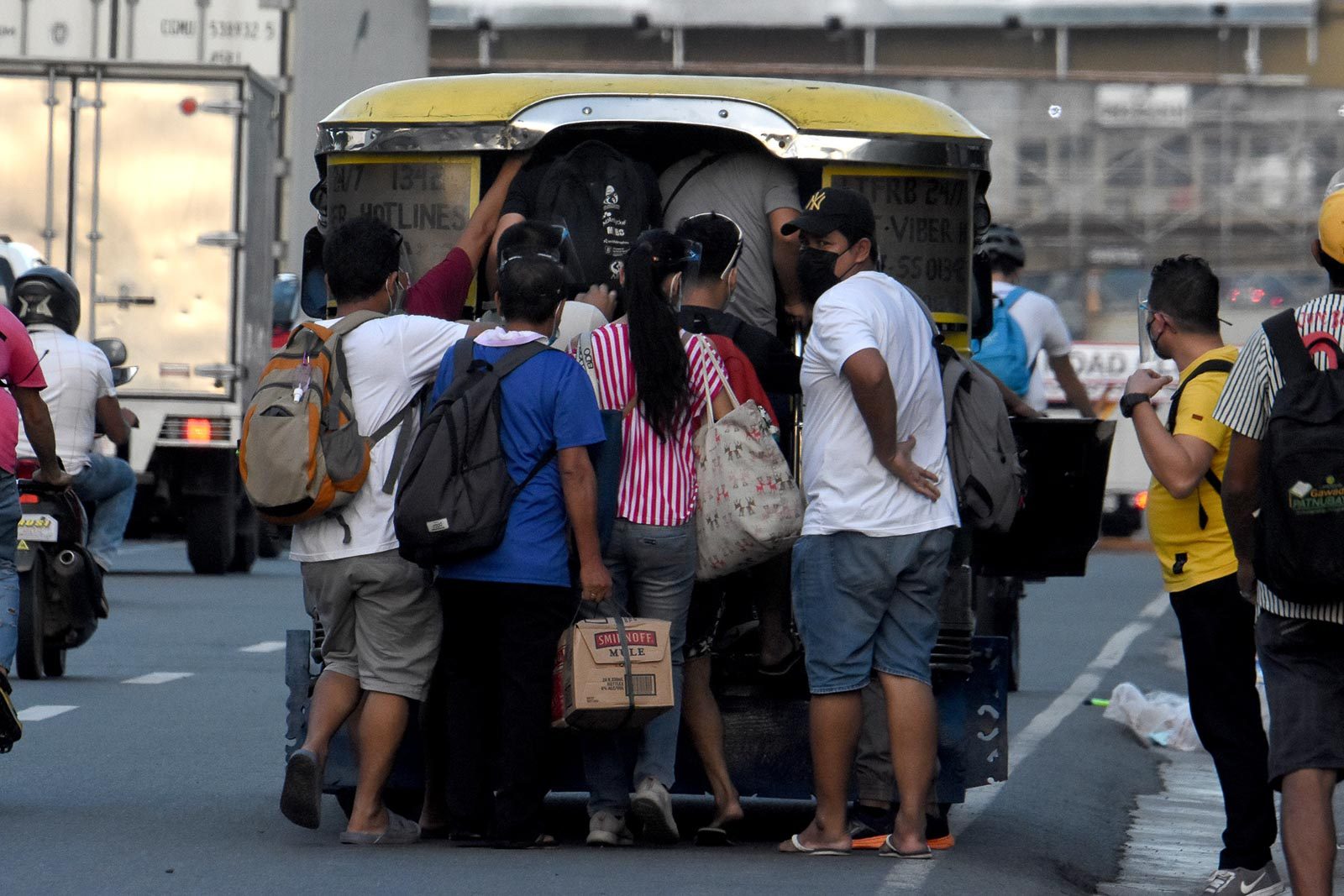SUMMARY
This is AI generated summarization, which may have errors. For context, always refer to the full article.

To help the poor tide themselves over the new one-week lockdown in Metro Manila and four nearby provinces, the Duterte government intends to distribute P1,000 worth of “in-kind” assistance per person.
This was Budget Secretary Wendel Avisado’s proposal to President Rodrigo Duterte in a memorandum now with Malacañang. Avisado did not say what specific form of in-kind aid would be given.
Duterte, on Monday night, March 29, said he would sign the memorandum immediately.
“If it’s there already, I will sign it right away. If it’s not there, I’d like to request ES [Executive Secretary Salvador Medialdea] to expedite, soonest,” said Duterte.
Avisado said the assistance will be distributed as soon as they receive the signed document.
Who gets the aid?
The aid, described by Avisado as the “supplemental amelioration program,” will go to 22.9 million individuals from low-income families in Metro Manila, Bulacan, Rizal, Laguna, and Cavite – areas under enhanced community quarantine (ECQ) until April 4, at least.
This number covers “80%” of the low-income population in each of these places, said Avisado.
The breakdown is as follows:
- Metro Manila – 11.2 million individuals
- Bulacan – 3 million individuals
- Cavite – 3.4 million individuals
- Laguna – 2.7 million individuals
- Rizal – 2.6 million individuals
While one person is supposed to get P1,000 of in-kind aid, families can receive a maximum of only P4,000 of in-kind aid.
Where will funds come from?
This one-time assistance will cost P22.9 billion, just a little bit under the P23 billion that Avisado said are leftover funds after the utilization of the Bayanihan to Recover As One or Bayanihan 2 Act.
The money comes from debt exchange transactions, additional revenues, revenue from government securities, among other things, said Avisado.
Duterte has the power to use unutilized appropriations through Bayanihan 2.
The funds will be distributed to local governments for them to bring to identified low-income individuals and households. Avisado said local governments can add to the assistance, using their own resources.
It’s not clear if other agencies like the Department of Labor and Employment and Department of Trade and Industry will also provide aid specifically for workers and businesses hit by the ECQ.
Critics have called out the Duterte government for failing to provide larger economic stimulus and budget for assistance to affected Filipinos in pandemic funds after the Bayanihan 1 Act and in the 2021 national budget.
The Philippines, despite imposing one of the world’s toughest and longest lockdowns, was unable to keep transmissions down and is now facing a surge. Its economy is also expected to recover the slowest among its peers in Southeast Asia. – Rappler.com
Add a comment
How does this make you feel?
![[ANALYSIS] A new advocacy in race to financial literacy](https://www.rappler.com/tachyon/2024/04/advocacy-race-financial-literacy-April-19-2024.jpg?resize=257%2C257&crop_strategy=attention)


![[In This Economy] Can the PH become an upper-middle income country within this lifetime?](https://www.rappler.com/tachyon/2024/04/tl-ph-upper-income-country-04052024.jpg?resize=257%2C257&crop=295px%2C0px%2C720px%2C720px)

There are no comments yet. Add your comment to start the conversation.